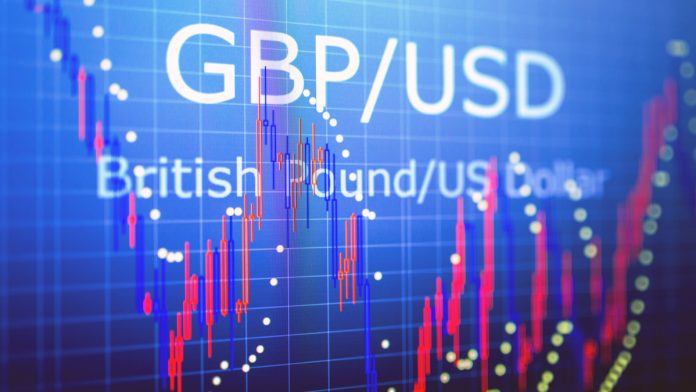Lingering Brexit anxiety pulled the pound lower versus the dollar, even amid weak US data and expectations of a more cautious Federal Reserve later in the week. The pair dropped to US$1.2514 overnight, the lowest level since January.
| What do these figures mean? |
|---|
| When measuring the value of a pair of currencies, one set equals 1 unit and the other shows the current equivalent. As the market moves, the amount will vary from minute to minute.For example, it could be written:1 GBP = 1.28934 USDHere, £1 is equivalent to approximately $1.29. This specifically measures the pound’s worth against the dollar. If the US dollar amount increases in this pairing, it’s positive for the pound. Or, if you were looking at it the other way around:1 USD = 0.77786 GBPIn this example, $1 is equivalent to approximately £0.78. This measures the US dollar’s worth versus the British pound. If the sterling number gets larger, it’s good news for the dollar. |
Pound investors continued digesting the televised Tory candidate debate from Sunday evening. Favourite to win, Boris Johnson, was a no show at the event leaving the other 5 candidates to set out their policies. Rory Stewart was a clear winner from the event. The bookies have pushed him up to second favourite, now ahead of Jeremy Hunt.
Eyes will now turn to today’s second round of voting. Each candidate must achieve at least 33 votes in order to proceed to the next round. Rory Stewart received 19 votes in the first round but is confident of securing the votes needed, Boris Johnson achieved 114. Whilst Boris Johnson, who supports a deal or no deal Brexit, is still favourite, the possibility of a no deal Brexit remains elevated. This is putting pressure on the pound.
| Why is a “soft” Brexit better for sterling than a “hard” Brexit? |
|---|
| A soft Brexit implies anything less than UK’s complete withdrawal from the EU. For example, it could mean the UK retains some form of membership to the European Union single market in exchange for some free movement of people, i.e. immigration. This is considered more positive than a “hard” Brexit, which is a full severance from the EU. The reason “soft” is considered more pound-friendly is because the economic impact would be lower. If there is less negative impact on the economy, foreign investors will continue to invest in the UK. As investment requires local currency, this increased demand for the pound then boosts its value. |
With no high impacting UK economic data until Wednesday, the UK domestic political scene is expected to remain a key driver for the pound.
US Manufacturing Data Points To Fed Cut
The dollar was broadly weaker in the previous session, although stronger than the pound. Weak US Empire Manufacturing data sent the dollar lower. The index, which measures manufacturing activity in the New York area, fell to -8.6 in June down from 17.8 in May. This was the biggest fall recorded in the history of the index and comes amid growing concerns over the health of the broader US economy and the impact of the ongoing trade war.
This was just the latest piece of evidence that is encouraging market participants to believe that the Fed will adopt a more dovish tone at the Federal Reserve monetary policy meeting this week. The CME Fed fund are showing an 84% probability of a rate cut as soon as July and a 94% probability of a rate cut by September.
| Why do interest rate cuts drag on a currency’s value? |
|---|
| Interest rates are key to understanding exchange rate movements. Those who have large sums of money to invest want the highest return on their investments. Lower interest rate environments tend to offer lower yields. So, if the interest rate or at least the interest rate expectation of a country is relatively lower compared to another, then foreign investors look to pull their capital out and invest elsewhere. Large corporations and investors sell out of local currency to invest elsewhere. More local currency is available as the demand of that currency declines, dragging the value lower. |
Today investors will look towards US building permits for clues as to how the US housing sector is holding up. Another round of weak data could cement market participant expectations for a July cut.
This publication is provided for general information purposes only and is not intended to cover every aspect of the topics with which it deals. It is not intended to amount to advice on which you should rely. You must obtain professional or specialist advice before taking, or refraining from, any action on the basis of the content in this publication. The information in this publication does not constitute legal, tax or other professional advice from TransferWise Inc., Currency Live or its affiliates. Prior results do not guarantee a similar outcome. We make no representations, warranties or guarantees, whether express or implied, that the content in the publication is accurate, complete or up to date. Consult our risk warning page for more details.
This article was initially published on TransferWise.com from the same author. The content at Currency Live is the sole opinion of the authors and in no way reflects the views of TransferWise Inc.





